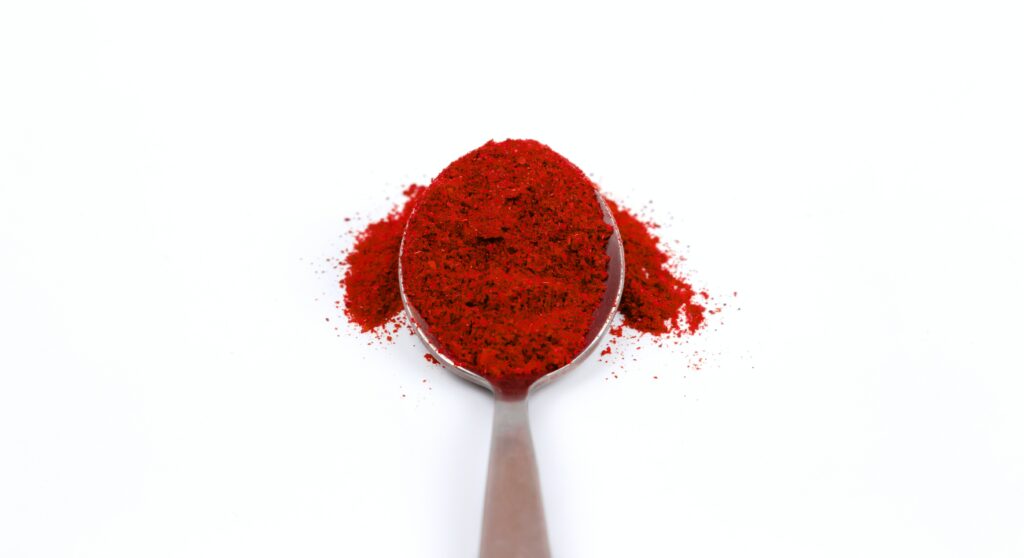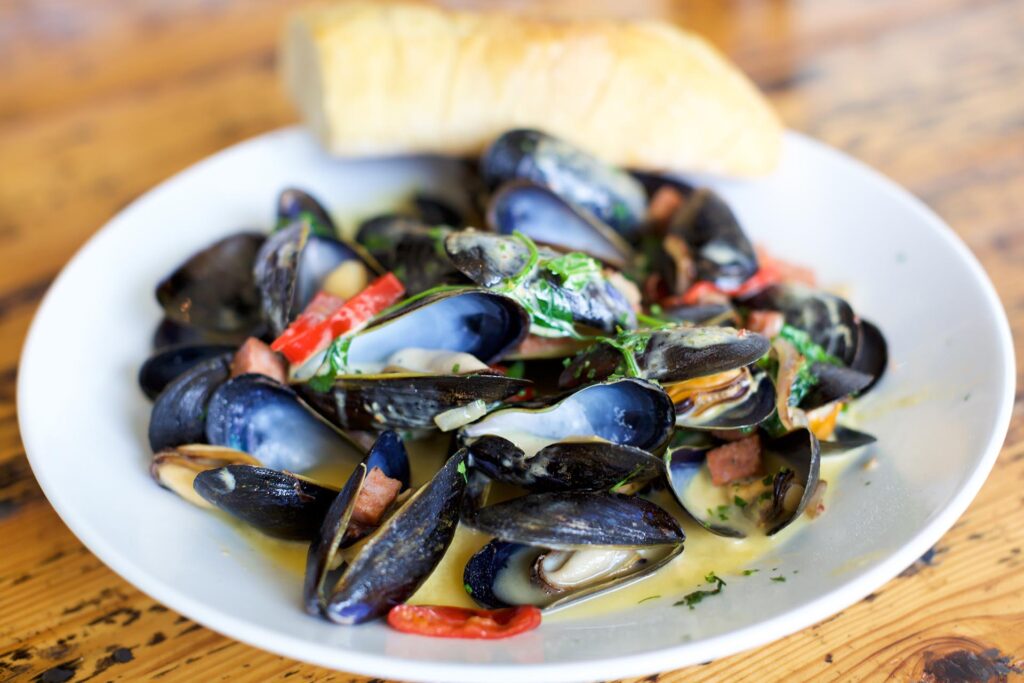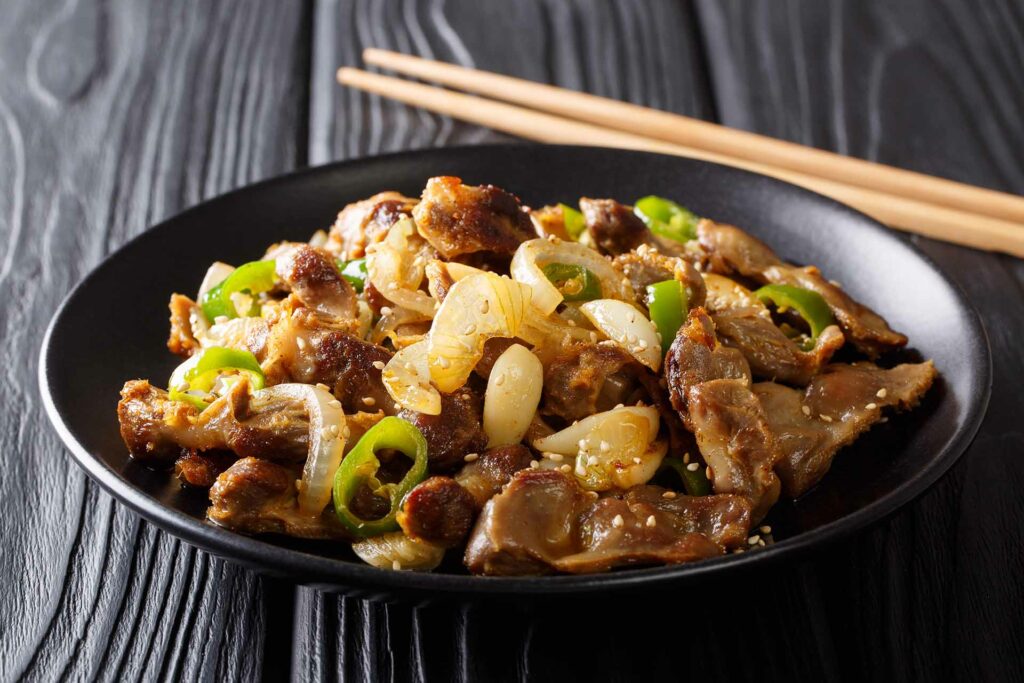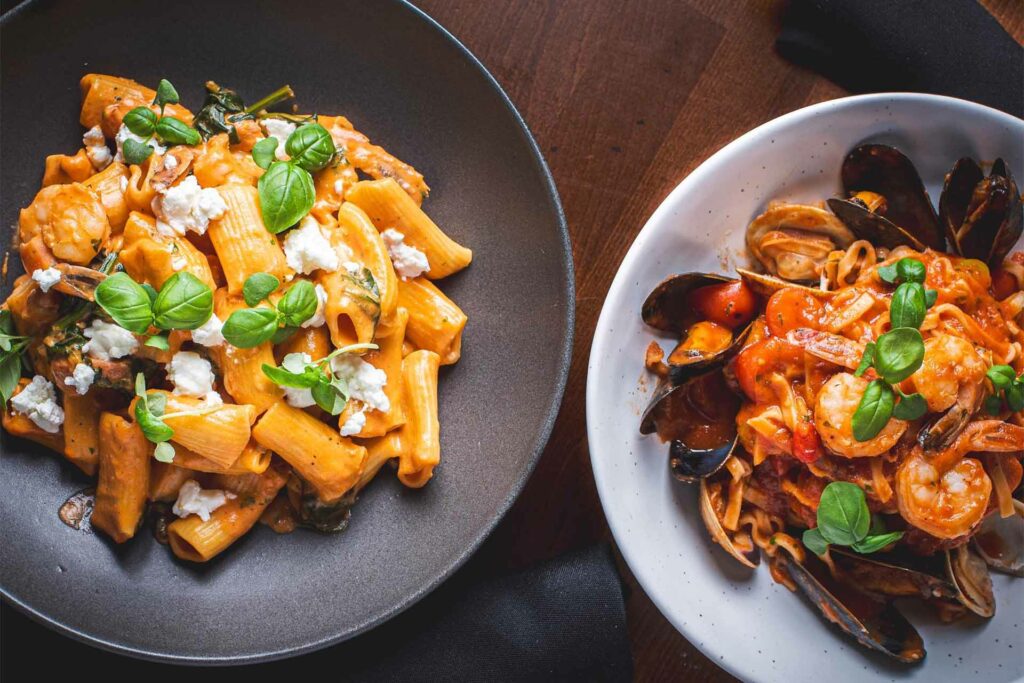Chicken gizzards, a term that might sound peculiar to some, hold a significant place in the world of culinary delights. These small, yet fascinating, organ meats have been cherished by various cultures for centuries, adding depth and flavor to a wide array of dishes. In this comprehensive guide, we will delve into the intriguing world of chicken gizzards, exploring their anatomy, culinary uses, health benefits, and more.
What are chicken gizzards?
Chicken gizzards are part of the digestive system of a chicken and play a vital role in breaking down food. These muscular organs, located between the stomach and the small intestine, are responsible for grinding and digesting the coarse and grainy food that chickens consume.
Throughout history, chicken gizzards have held a prominent place in various culinary cultures across the globe. From the hearty dishes of Southern cuisine in the United States, such as Fried Chicken Gizzards, to the flavorsome Gizzard Pepper Soup in West Africa, these organ meats have been celebrated for their unique taste and texture. Their versatility has allowed them to find their way into a wide range of dishes, from soups and stews to stir-fries and grills.
Beyond their culinary appeal, chicken gizzards offer a plethora of nutritional benefits. Packed with high-quality protein, essential vitamins, and minerals, they make a valuable addition to a balanced diet. Whether you are looking to boost your protein intake or seeking vital nutrients like iron and zinc, chicken gizzards can provide a nutritious solution.
Anatomy and Composition of Chicken Gizzards
Understanding the anatomy and composition of chicken gizzards is key to appreciating their unique qualities and culinary potential. In this section, we will take a closer look at these intriguing organ meats, exploring their location within the chicken’s anatomy, their structure, and the nutritional composition that makes them so valuable.
Chicken gizzards, also known as ventriculus, are part of the digestive system of a chicken. They are situated between the stomach and the small intestine, playing a crucial role in the breakdown and digestion of food. These small, muscular organs are responsible for grinding and processing the coarse and grainy substances that chickens consume as part of their natural diet.
When examining the structure of a chicken gizzard, you will notice its unique features. The gizzard is composed of a thick, muscular wall that helps facilitate the grinding process. This muscular wall is lined with a tough, thickened layer called the koilin, which aids in the mechanical breakdown of food. The presence of the koilin gives the chicken gizzard its characteristic texture and firmness.
As for the nutritional composition of chicken gizzards, they offer several key nutrients that contribute to a healthy diet. One of the notable qualities of gizzards is their high protein content. Protein is essential for building and repairing tissues, supporting muscle growth, and maintaining overall health. Chicken gizzards are a particularly valuable source of lean protein, making them an excellent choice for individuals looking to increase their protein intake.
Additionally, chicken gizzards contain various vitamins and minerals that are vital for optimal health. They are a good source of iron, which is crucial for the production of red blood cells and the prevention of iron-deficiency anemia. Gizzards also provide essential minerals like zinc, which supports immune function and aids in wound healing, and selenium, a powerful antioxidant that helps protect cells from damage.
Although chicken gizzards are relatively low in fat, it’s worth noting that they do contain a small amount of cholesterol. However, it is important to remember that dietary cholesterol does not directly correlate to blood cholesterol levels for most individuals. The overall impact of cholesterol in chicken gizzards on heart health is still a topic of ongoing research and debate.
Culinary Uses and Preparation of Chicken Gizzards
Chicken gizzards, with their robust flavor and unique texture, offer a multitude of culinary possibilities. They have been embraced by various cuisines around the world, each showcasing their own creative and delicious ways of incorporating these organ meats into their traditional dishes. In this section, we will explore the diverse culinary uses and preparation methods for chicken gizzards, providing you with inspiration to explore their potential in your own kitchen.
Traditional Dishes and Recipes Utilizing Chicken Gizzards
Chicken gizzards have long been cherished as a staple ingredient in many traditional dishes. Let’s take a culinary journey across different regions to discover some of the mouthwatering recipes that showcase the versatility of chicken gizzards.
- Fried Chicken Gizzards: Popular in Southern cuisine, fried chicken gizzards are a beloved comfort food. They are typically breaded or battered, then deep-fried until crispy and golden. Served as a snack or a hearty side dish, they offer a satisfying crunch and a burst of flavor.
- Gizzard Pepper Soup: In West Africa, gizzard pepper soup is a well-known delicacy. This flavorful soup is made by simmering chicken gizzards in a rich broth, seasoned with an array of aromatic spices and herbs. It is often enjoyed as a warming and nourishing dish, believed to have medicinal properties.
- Stir-Fried Gizzards: In Asian cuisine, stir-frying chicken gizzards with an assortment of vegetables and savory sauces creates a delicious and vibrant dish. The gizzards take on the flavors of the marinade and pair well with ingredients like bell peppers, onions, and mushrooms.
- Gizzard Stew: In European cuisine, gizzard stew is a hearty and comforting dish. The gizzards are slow-cooked with vegetables, herbs, and broth until tender and flavorful. This stew is often served with crusty bread or over creamy mashed potatoes.
These are just a few examples of the many ways chicken gizzards are utilized in global cuisine. Their versatility allows them to be incorporated into soups, stews, curries, kebabs, and even pasta dishes. The only limit is your imagination and culinary creativity.
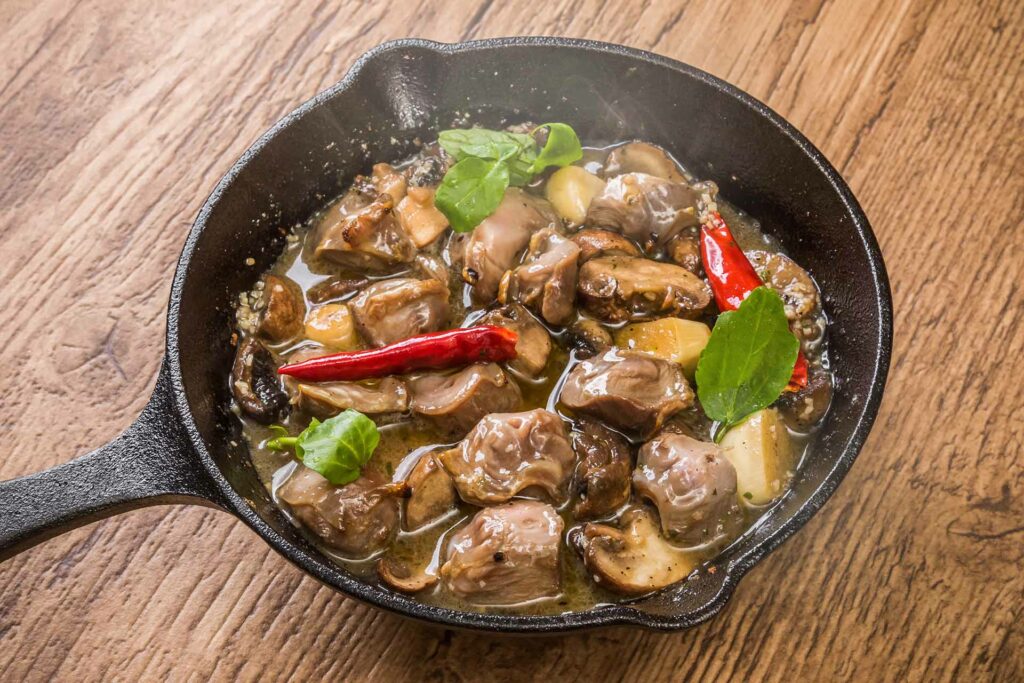
Popular Cooking Methods for Chicken Gizzards
When it comes to cooking chicken gizzards, there are various methods to choose from, each offering its own unique results. Let’s explore some of the popular cooking techniques that can help you unlock the full potential of these organ meats.
- Boiling: Boiling chicken gizzards is a common method used to tenderize them before incorporating them into other dishes. By simmering the gizzards in water or broth for a period of time, they become more tender and easier to work with.
- Grilling: Grilling chicken gizzards is a fantastic way to infuse them with smoky flavors while achieving a slightly charred exterior. Marinating the gizzards beforehand can enhance their taste and tenderness, making them a succulent addition to any barbecue spread.
- Stir-Frying: Stir-frying chicken gizzards allows for quick cooking over high heat, resulting in a flavorful and slightly crispy texture. This method is perfect for creating Asian-inspired dishes that incorporate a variety of vegetables and sauces.
- Slow-Cooking: Slow-cooking chicken gizzards in stews or braising them in flavorful sauces can yield tender and succulent results. The low and slow cooking process allows the gizzards to absorb the flavors of the ingredients, resulting in a rich and satisfying dish.
Cleaning and Preparing Chicken Gizzards
Before cooking chicken gizzards, it is important to properly clean and prepare them to ensure the best possible flavor and texture. Here are some tips and techniques to help you with this process:
- Cleaning: Start by rinsing the gizzards under cold water to remove any excess blood or debris. Then, gently peel away the tough outer membrane that surrounds the gizzard. This membrane can be easily removed by using your fingers or a small knife.
- Trimming: After cleaning, trim any excess fat or connective tissue from the gizzards. This will help improve the texture of the final dish and prevent any unwanted chewiness.
- Marinating: Marinating chicken gizzards can enhance their flavor and tenderness. Consider using a mixture of herbs, spices, and acidic ingredients like lemon juice or vinegar to create a flavorful marinade. Allow the gizzards to marinate for at least 30 minutes or up to overnight in the refrigerator for maximum flavor infusion.
- Cooking Time: The cooking time for chicken gizzards can vary depending on the recipe and the desired level of tenderness. Boiling or simmering gizzards can take anywhere from 30 minutes to an hour, while grilling or stir-frying may require shorter cooking times to ensure they are cooked through without becoming tough.
By following these tips and techniques, you can ensure that your chicken gizzards are cleaned, trimmed, and prepared to perfection, ready to be transformed into a delectable culinary creation.
Health Benefits and Nutritional Value
High Protein Content
Protein is an essential macronutrient that plays a vital role in the growth, repair, and maintenance of tissues in our bodies. Chicken gizzards are a fantastic source of high-quality protein, making them an excellent choice for individuals looking to increase their protein intake. Protein is particularly important for athletes, individuals following a strength training regimen, and those aiming to build or maintain muscle mass.
The protein in chicken gizzards is not only abundant but also boasts a complete amino acid profile. Amino acids are the building blocks of protein, and a complete profile means that chicken gizzards provide all the essential amino acids that our bodies cannot produce on their own. These amino acids are crucial for various physiological processes, including hormone synthesis, enzyme production, and immune function.
Iron
Chicken gizzards are a good source of iron, a mineral necessary for the production of red blood cells and the transportation of oxygen throughout the body. Iron deficiency can lead to fatigue, weakness, and compromised immune function. Incorporating iron-rich foods like chicken gizzards into your diet can help prevent iron deficiency and maintain optimal energy levels.
Zinc
Zinc is a trace mineral that plays a crucial role in immune function, cell growth, and wound healing. Chicken gizzards provide a significant amount of zinc, making them a beneficial addition to support a healthy immune system and promote optimal cellular function.
Selenium
Chicken gizzards also contain selenium, a powerful antioxidant that helps protect cells from damage caused by free radicals. Selenium is essential for thyroid function, DNA synthesis, and a healthy immune system. Including chicken gizzards in your diet can contribute to your selenium intake and support overall well-being.
B Vitamins
Chicken gizzards are rich in various B vitamins, including niacin, riboflavin, and vitamin B12. These vitamins play essential roles in energy metabolism, nervous system function, and the production of red blood cells. Adequate intake of B vitamins is crucial for maintaining optimal health and preventing deficiencies.
Promoting Heart Health and Lowering Cholesterol Levels
Chicken gizzards are often praised for their low-fat content, making them a heart-healthy choice when consumed as part of a balanced diet. While they do contain a small amount of cholesterol, it is important to note that dietary cholesterol does not necessarily correlate with blood cholesterol levels for most individuals. The impact of dietary cholesterol on heart health is a topic of ongoing research and debate.
That being said, the overall nutrient profile of chicken gizzards, including their high protein content and low fat content, can contribute to heart health. A diet rich in lean proteins, like those found in chicken gizzards, can help support healthy cholesterol levels and reduce the risk of cardiovascular diseases when combined with a balanced diet and a healthy lifestyle.
Frequently Asked Questions
- Are chicken gizzards safe to eat? Yes, chicken gizzards are safe to eat when prepared and cooked properly. As with any poultry product, it is important to handle and cook chicken gizzards with proper food safety practices in mind. Make sure to store them at the appropriate temperature, separate from other foods, and cook them to an internal temperature of 165°F (74°C) to ensure they are safe for consumption.
- Can chicken gizzards be consumed by individuals with dietary restrictions? Chicken gizzards can be incorporated into various dietary restrictions, depending on the specific restrictions and individual needs. For individuals following a low-fat diet, chicken gizzards can be a suitable choice due to their relatively low fat content. However, it is important to note that gizzards do contain cholesterol, so individuals with specific cholesterol restrictions should consume them in moderation.
- Where can I buy chicken gizzards? Chicken gizzards can usually be found in the meat section of grocery stores, particularly in stores that offer a variety of poultry cuts. They may be available fresh or frozen, depending on the store and location. You can also check with local butcher shops or specialty markets that cater to specific cuisines, as they may carry chicken gizzards as well.
- What should I look out for when buying chicken gizzards? When selecting chicken gizzards, look for ones that are fresh, plump, and have a vibrant color. Avoid gizzards that have an off-putting odor or appear slimy. If purchasing frozen gizzards, ensure that they are properly sealed and have not been thawed and refrozen.
Final Thoughts
Chicken gizzards, often overlooked or unfamiliar to many, are a culinary gem that deserves recognition. Throughout this comprehensive guide, we have explored the fascinating world of chicken gizzards, from understanding their anatomy and composition to uncovering their culinary uses, health benefits, and addressing common questions.
Incorporating chicken gizzards into your diet offers a multitude of benefits. Their high protein content makes them a valuable source of this essential macronutrient, supporting muscle growth, repair, and overall health. Additionally, chicken gizzards provide a range of essential vitamins and minerals, including iron, zinc, and selenium, which are vital for various physiological processes.
Beyond their nutritional value, chicken gizzards offer a unique and robust flavor that can elevate a wide array of dishes. From traditional recipes like fried chicken gizzards or gizzard pepper soup to stir-fries, stews, and grills, the culinary possibilities with gizzards are endless. Their versatility allows them to adapt to different cuisines and cooking methods, making them a delightful addition to any meal.
It is important to note that proper handling, cooking, and storage of chicken gizzards are essential to ensure food safety and maintain their quality. By following food safety guidelines, including proper cleaning, trimming, and cooking to the appropriate internal temperature, you can enjoy the culinary delights of chicken gizzards with confidence.
Whether you are a culinary explorer seeking new flavors or a health-conscious individual looking to diversify your protein sources, chicken gizzards offer a unique and rewarding experience. Their affordability, versatility, and nutritional value make them a valuable addition to any diet.
So, next time you come across chicken gizzards at the grocery store or find them on a restaurant menu, don’t hesitate to give them a try. Embrace the culinary adventure and savor the flavors and benefits that chicken gizzards have to offer. Expand your culinary horizons and discover the delicious possibilities of these humble organ meats.
In conclusion, chicken gizzards are more than just a mystery. They are a versatile ingredient that brings depth and flavor to a wide range of dishes. From their fascinating anatomy to their culinary uses, health benefits, and beyond, chicken gizzards have proven to be a culinary gem worth exploring. So, why not give them a chance and embark on a flavorful journey with these intriguing organ meats?

